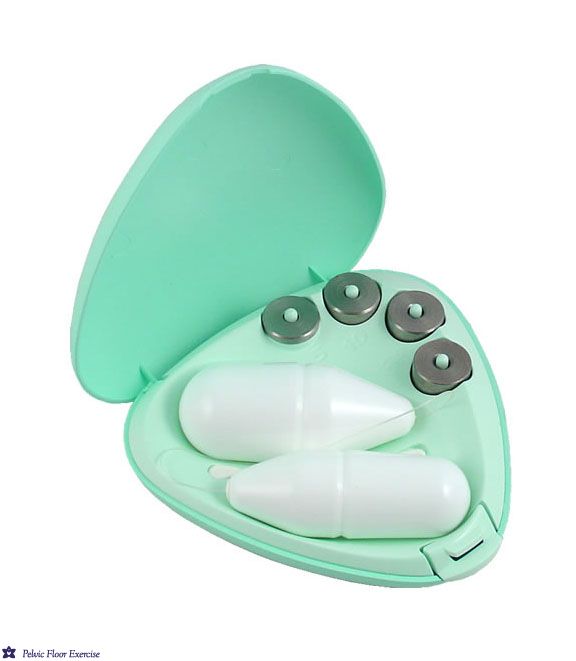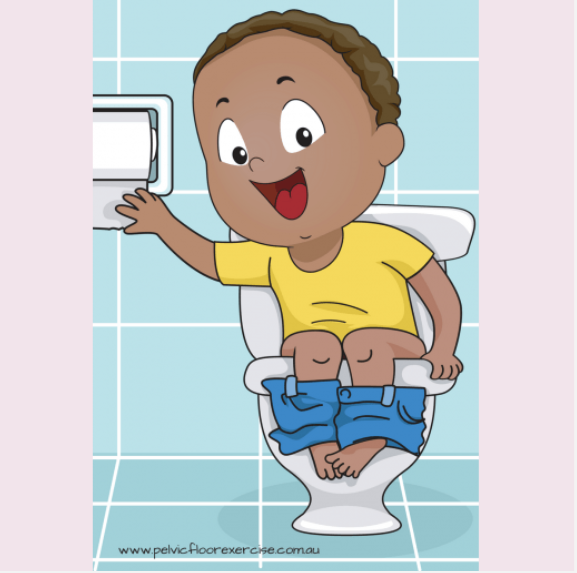Busting The Myths : Incontinence
One of the favourite TV shows in our house is Mythbusters. There is always great excitement when a myth is “busted ” and the more spectacularly the better. Personally I could watch it just for the mustachioed guys – they are so cool!
Let’s look at some myths in the pelvic floor, incontinence, bladder and bowel world. I may not have a moustache but hopefully together we can bust some myths and help you get back in control of your bladder, bowel and pelvic health.
Today we are myth busting incontinence. We will start with incontinence and in future blogs we will look at bladder, bowel, erectile dysfunction, prolapse, pelvic floor, pelvic exercises and more …if you have a topic you’d like the plain facts on – let me know
INCONTINENCE MYTHS
You have to live with it
BUSTED : Most cases can be cured, treated or better managed with professional help. Research shows up to 84% cure rate with pelvic floor physiotherapy. This may be as simple as retraining your bladder, strengthening your pelvic floor or learning to use your pelvic floor more effectively. It may require treatment for a bladder infection or prolapse, sometimes surgery may be the solution but there will be a solution or management plan .
It is part of ageing
BUSTED : Skeletal muscle strength and bulk decreases with age but it has been shown in many studies that regular exercise can slow the process so get working on those pelvic floor or Kegel exercises. Take your pelvic floor to the gym, just like your other skeletal muscles : weights for appropriate arm exercises help to build muscle bulk in your arm muscles, you can help your pelvic floor muscles and pelvic exercises with weights , cones, or biofeedback.
Urinary incontinence has been considered one of the most common contributing factors in the decision for admission to nursing homes – sad statistic for a largely preventable or manageable condition. Early prevention and management strategies could see this reduced.
Only older people suffer incontinence – what I have isn’t a problem
BUSTED : Incontinence is defined as the involuntary loss of urine that is a social or hygienic problem . So if you have to wear a liner, change your knickers, stain your underwear or change your lifestyle (stop yoga, golf etc) you do have a problem. These signs affect people of all ages, both sexes, all cultures – it does not discriminate.
Bo et al 2011 even showed that 26% of pilates and yoga instructors suffered from incontinence – that is 1 in 4 of a population you would normally consider to be younger, active and stronger
Incontinence is a disease
BUSTED : Incontinence, whether it be urinary or faecal is a SYMPTOM of something going on - not a disease. It may be a urinary tract infection, a prolapse, a weak pelvic floor, injury to the tissues that support the urethra, damage to the urethral or internal anal sphincters …there are many other causes but the incontinence will be a symptom and you should see a health professional to determine if there is an underlying cause. In many cases it will be a simple solution of retraining the continence mechanisms such as pelvic floor strengthening and bladder and bowel retraining.
References:
Abrams, Cardozo et al 2002
Neumann and Morrison 2008
Bo et al 2011
The material presented here is intended as an information source only. The information is provided solely on the basis that readers will be responsible for making their own assessment of the matters presented herein and are advised to verify all relevant representations, statements and information. The information should not be considered complete and should not be used in place of the advice of a health care provider. Pelvic Floor Exercise does not accept liability to any person for the information or advice provided , or for loss or damages incurred as a result of reliance upon the material contained herein.
© Fiona Rogers, Pelvic Floor Exercise all rights reserved





